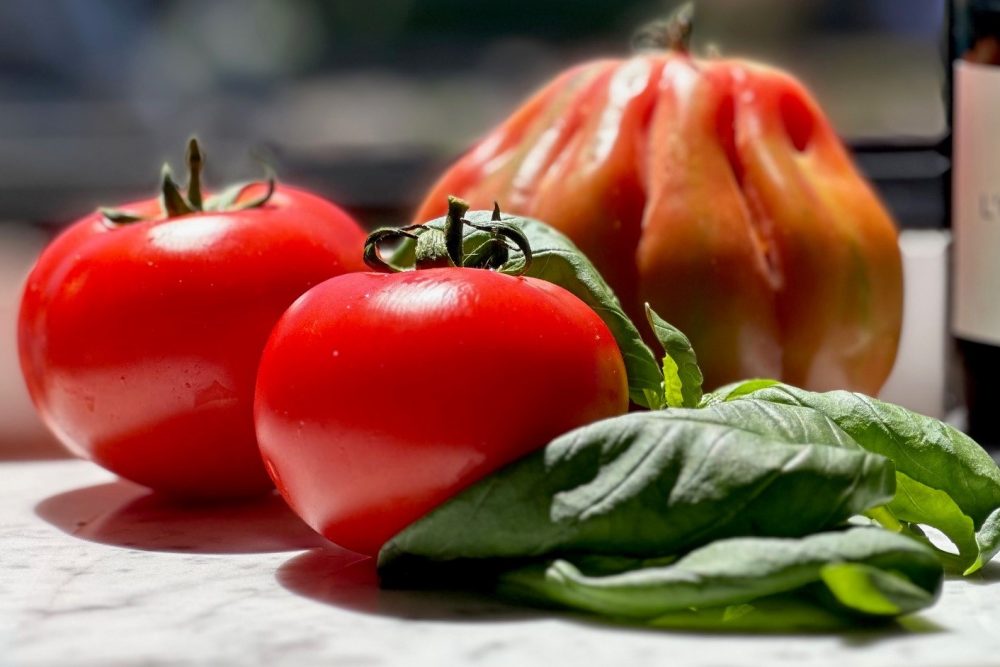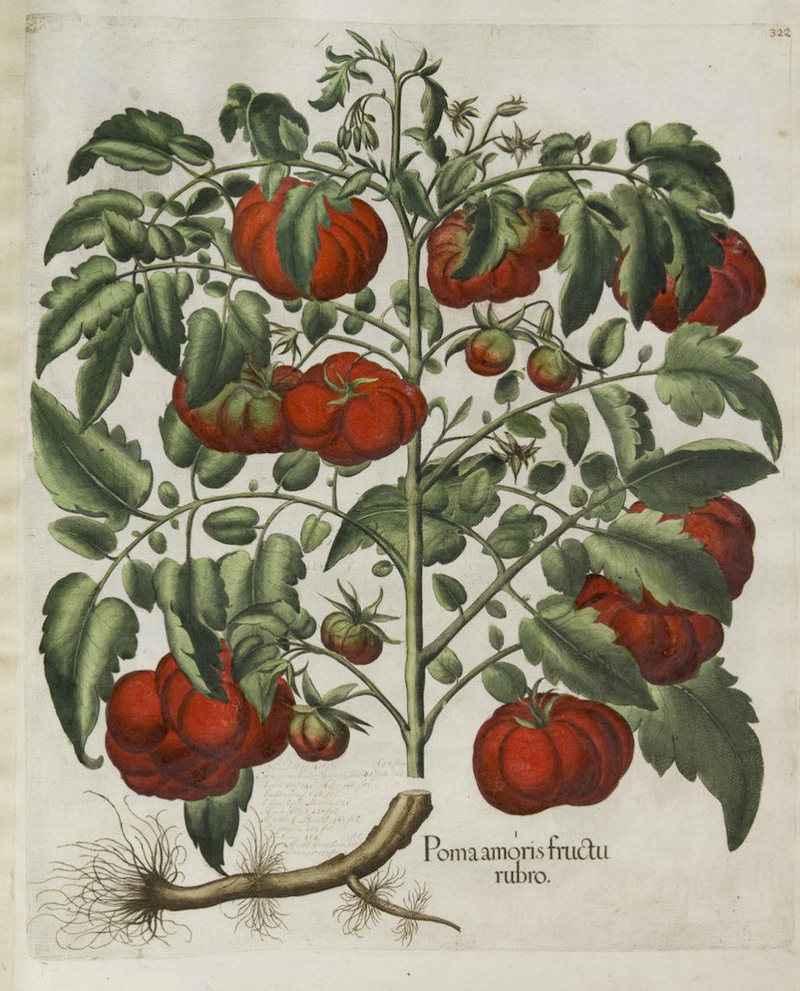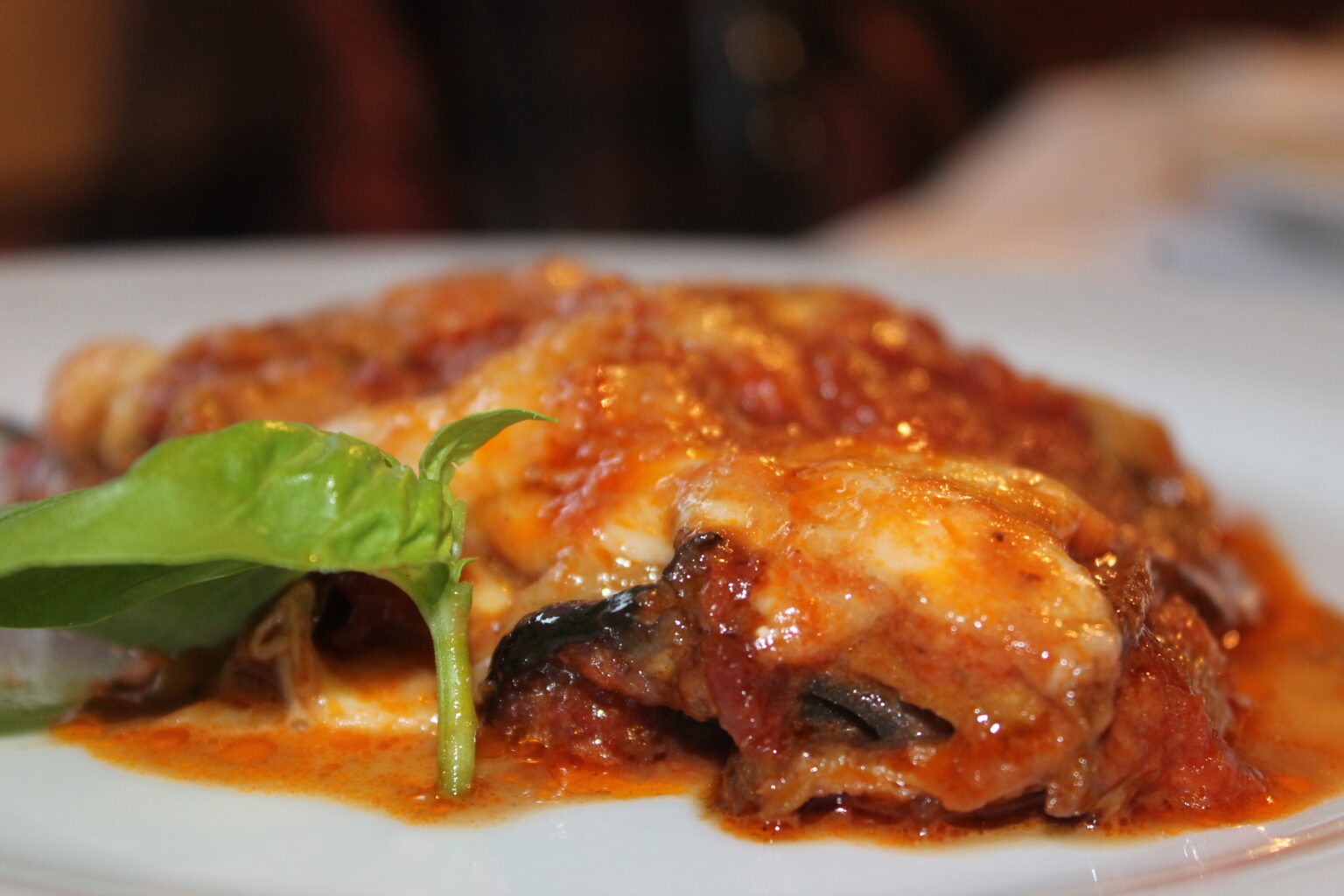- BY ISSIMO
- April 28, 2023
A homage to tomatoes, the king of Italian cooking


Ask any Italian to open their cupboard or fridge, and chances are tomatoes will take centre place in either space – be it in their natural form, sun – dried iterations or canned version. It’s difficult to imagine Italian cooking without the rich, red fruit, its tangy aroma and tart flavour filling our kitchens and sating our bellies.
Tomatoes are as quintessential as pizza, pasta and bruschetta – all dishes that, coincidentally, often feature this precious ingredient – to the Bel Paese, but also signifiers of summer and simple alfresco meals. The Italian orto (vegetable garden) wouldn’t be the same without tomatoes.

That got us thinking: what if we could capture the essence of tomatoes and their most trusted companions – fresh herbs, a hint of basil – into a candle? How much fresher, sunnier and fragrant could our abodes be if we’d harness the scent of the Italian orto?
Our ISSIMO x Byredo Candle L’Orto Italiano answers those questions. The labour of love of Marie-Louise Sciò, CEO and Creative Director the Pellicano Hotels Group; and Ben Gorham, Founder and Creative Director of the Swedish fragrance company, the limited-edition home piece tells an olfactory story that transports you to an Italian garden, exuding green, aromatic, and oh-so summery notes all-around.
But let’s go back to the humble tomato. How, exactly, did Italy fall in love with it? Keep reading to find out.
A far-flung ingredient
What many people don’t realise is that the tomato is an American import.
Before its introduction to Europe, Italian cuisine was predominantly made up of pasta dishes with simple sauces, and it wasn’t until the 16th century that the juicy fruit (yes, it’s a fruit!) made its way across the ocean.
Italians, however, didn’t take to it immediately. Because of its vibrant colour, people looked at the tomato with suspicion and even fear, thinking it was poisonous rather than delicious. It wasn’t until 1694 that the first recipe using tomatoes was published in the Bel Paese – courtesy of Neapolitan chef Antonio Latini and his book “Lo Scalco alla Moderna” (“The Modern Steward”) – and not until the 19th century that the simple ingredient really started finding its way across Italian kitchens beyond Naples.

Once it did, there was no turning back. The tomato’s versatility and flavour quickly won over the hearts of Italian cooks and diners alike, who began using it in anything from pasta to stews and even preserves. In June 1889, when pizzaiolo Raffaele Esposito invented a dish called “pizza Margherita” in honour of the then Queen of Italy Margherita of Savoy and Italian unification, it was tomatoes, alongside mozzarella and basil that he chose to include in his pie, inspired of course by the colours of the country’s national flag.
Once considered dangerous, the tomato turned out to be the most representative of Italy’s ingredients – and the heart and soul of our agriculture, too.
One fruit, a myriad variant

As Italy had the perfect climate for growing tomatoes, Italian farmers quickly discovered that the fruit thrived in their soil. Soon, tomato plantations were taking over the country, and a variety of different tomatoes began being produced in the process: Small and sweet pachino in Sicily, enormous and meaty cuore di bue (“ox’s heart” aka beefsteak tomato) in Liguria, long and perfectly balanced San Marzano in Campania – just to name a few.
In the late 19th and early 20th centuries, as Italy’s agricultural industry underwent a major transformation with the introduction of mechanised farming techniques and modern technologies like irrigation systems and refrigerated storage, tomato production underwent a full-on revolution.
Italian farmers were suddenly able to produce vast quantities of the fruit, which then started to be canned and exported all over the world, essentially making the tomato accessible to people everywhere, regardless of their location or the season.
Canning also started a new chapter of Italian cooking itself. Recipes like late cook Marcella Hazan’s classic tomato sauce and dishes like lasagne, parmigiana and even pizza really came to be because of pomodori pelati and passata (canned tomatoes and sieved tomatoes respectively).
It’s hard to imagine Italian cuisine without them – just like it’s hard to imagine a salad without freshly cut tomatoes.
So the next time you sit down to enjoy a plate of spaghetti with tomato sauce or a slice of pizza, take a moment to appreciate the humble tomato. It’s come a long way to become one of our most stellar ingredients.
A quick guide to Italian tomatoes
San Marzano: San Marzano tomatoes are considered the gold standard when it comes to Italian tomatoes. They are known for their sweet flavour, low acidity, and dense flesh. They are often used to make sauces, as well as being great for canning.
Pomodoro di Pachino: Grown in the Pachino region of Sicily, pachino are known for their bright red colour and juicy, sweet flesh. They are often used in salads and as a topping for pizza.
Costoluto Fiorentino: This tomato is a favourite in Tuscany and is known for its large size and ribbed shape. It has a meaty texture and a slightly tart flavour, making it perfect for sauces and soups.
Cuore di Bue: Translating to “ox heart,” this tomato is shaped like a heart and is known for its sweet, meaty flavour. It is often used in salads and sandwiches.
Piennolo del Vesuvio: These small, oval-shaped tomatoes are grown on the slopes of Mount Vesuvius and are known for their intense flavour and long shelf life. They are often used in pasta dishes and sauces.
Marinda: Hailing from Sardinia, marinda is known for its sweet flavour and low acidity. It is often used in salads and as a topping for bruschetta.